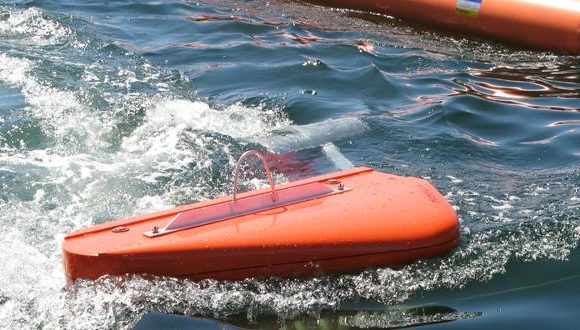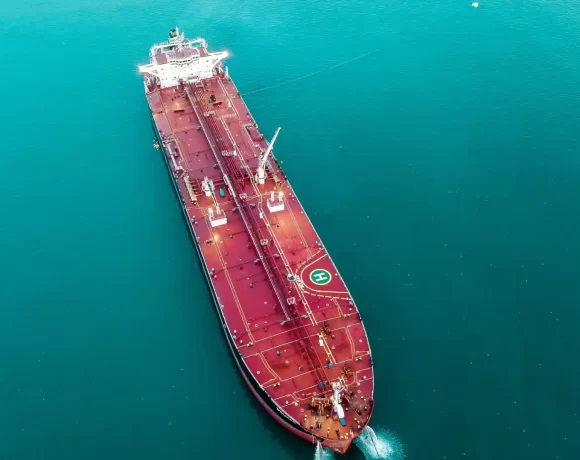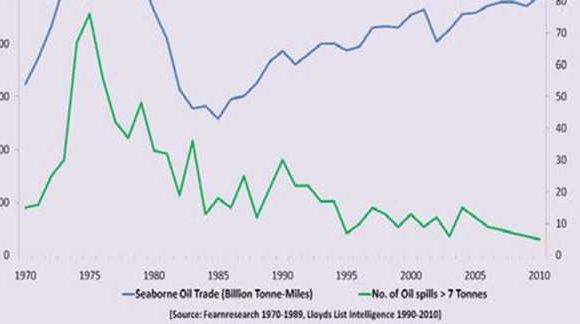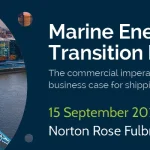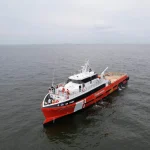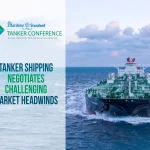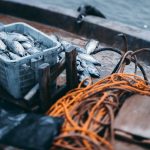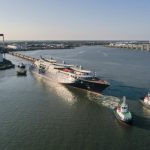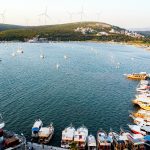The Deepwater Accident Should Be Used To Further Improve Norwegian Emergency Oil-Spill Response
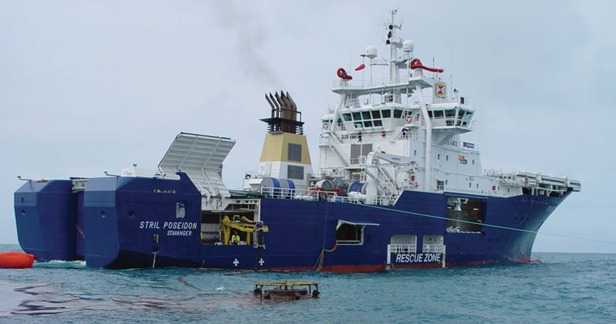
Norway is one of the world’s oil producing countries where systems are in place to ensure high-quality emergency oil-spill response. The Norwegian Clean Seas Association for Operating Companies (NOFO) would like to use the accident in the Gulf of Mexico to further improve this area.
 Our approach is humble as we are aware that improvements can always be made. This is why we strive to learn from such situations. No doubt there is a lot that the accident in the Gulf of Mexico can teach us, says Sjur W. Knudsen, Managing Director at NOFO.
Our approach is humble as we are aware that improvements can always be made. This is why we strive to learn from such situations. No doubt there is a lot that the accident in the Gulf of Mexico can teach us, says Sjur W. Knudsen, Managing Director at NOFO.
NOFO is an association representing the operating companies on the Norwegian Continental Shelf, and has been established to ensure adequate emergency oil-spill response procedures.
In Norway, this is a well structured and organised area. We do not claim to be unique, but a number of other oil-producing countries have found the Norwegian approach very interesting, says Knudsen.
Different methods of organization
Of the entities taking part in the clean-up operation in the Gulf of Mexico, many are of the opinion that the work organisation was not at its best. Knudsen would not like to comment on this issue, as he feels that it is important to wait for the reports from the authorities before passing judgement on the work carried out. What is certain, however, is that the systems for emergency oil-spill response in USA and Norway are organised very differently. According to a recent report from DNV, it is clear that the Norwegian system is function-based, whereas the American system it is prescriptive – i.e. specific requirements are set out in legislation.
Norway’s function-based regulations allow for continuous development without taking away any of the responsibility placed on the operating companies. As a result, every operation is subject to additional quality control. I am convinced that this contributes to a higher level of safety, says Gro Brækken, Managing Director of the Norwegian Oil Industry Association (OLF).
Significant oil-spill response resources
In Norway, each operating company has its own emergency procedures in order to reduce the extent of damage in the event of an oil spill. NOFO’s regional emergency procedures, which outline the requirements and conditions that form the basis for the operators’ joint emergency oil-spill response, are incorporated into these individual plans. The set of procedures provides details and documentation on the scope of the emergency procedures on the Norwegian Continental Shelf, and outlines strategic plans for the oil recovery efforts to be carried out.
All information required to respond to an oil-spill situation is provided in the procedures. Every aspect, from mobilisation of resources at sea to normalisation and retrospective investigations, is specified says Knudsen.
Rapid response
NOFO is in charge of the operational clean-up work, and has vast oil-spill response resources at its disposal. Among the equipment are 8000 metres of seagoing pump systems and 20 high-capacity TransRec oil recovery systems equipped with skimming heads for both standard and heavy oil, as well as large quantities of dispersants. In addition, agreements are in place for services such as remote sensing, dispersion and operational assistance provided by satellites, aircrafts and helicopters. Agreements which provide access to 25 oil recovery vessels and 30 towing vessels are also in place. This enables us to respond quickly, says Knudsen.
Development project
NOFO acknowledges that the systems for emergency oil-spill response can always be improved. This is why the association is continuously involved in development projects which will contribute to the advance of any procedures in place. In order to achieve this, a collaboration has been established with the various specialist fields, and the objective is to improve technology as well as oil recovery methods.
As part of one project, attempts are made to develop pump and skimmer systems which can be towed at speeds over 3 knots and which are designed to tolerate waves up to five metres high. If this works as well as we hope for, this equipment will be a considerable improvement on our existing systems, says Knudsen.

